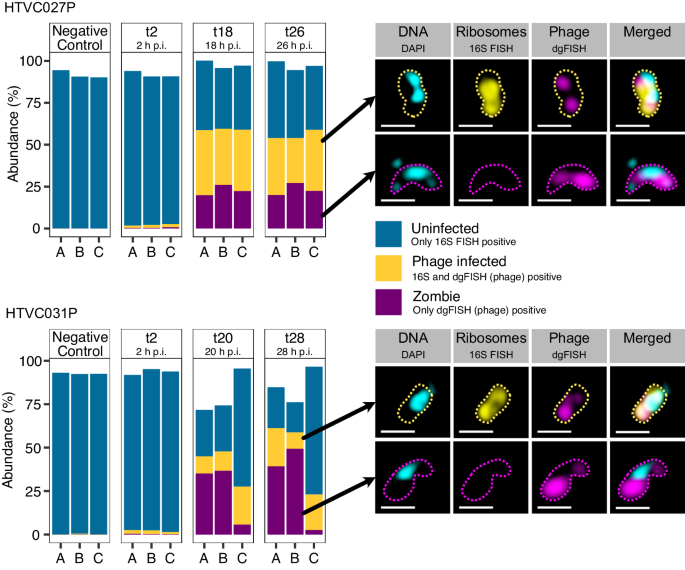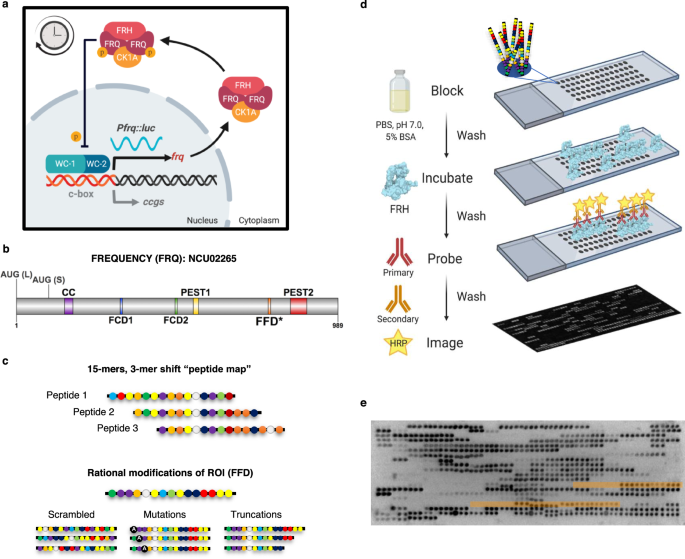2024-06-04 カリフォルニア大学サンディエゴ校(UCSD)
 Growth factors trigger G proteins (in green) to disengage from GPCRs and change localization within cells. At right: A ribbon diagram of the G protein structure shows the position of all phosphoevents the “buzzer” site in red. Photo credit: UC San Diego Health Sciences
Growth factors trigger G proteins (in green) to disengage from GPCRs and change localization within cells. At right: A ribbon diagram of the G protein structure shows the position of all phosphoevents the “buzzer” site in red. Photo credit: UC San Diego Health Sciences
<関連情報>
- https://today.ucsd.edu/story/chasing-down-a-cellular-short-circuit
- https://www.science.org/doi/10.1126/scisignal.ade8041
成長因子に依存したGαiのリン酸化がGタンパク質共役型受容体による正常シグナル伝達を形成する Growth factor–dependent phosphorylation of Gαi shapes canonical signaling by G protein–coupled receptors
SUCHISMITA ROY, SAPTARSHI SINHA, ANANTA JAMES SILAS, MAJID GHASSEMIAN, […], AND PRADIPTA GHOSH
Science Signaling Published:4 Jun 2024
DOI:https://doi.org/10.1126/scisignal.ade8041
Editor’s summary
In addition to being activated by GPCRs, heterotrimeric G proteins can be transactivated by receptor tyrosine kinases, including epidermal growth factor receptor (EGFR). Roy et al. investigated mechanisms of cross-talk between the GPCR CXCR4 and EGFR. Mass spectrometry analysis identified Gαi residues that were phosphorylated in response to EGF. Studies of Gαi proteins mutated at these sites showed that Gαi phosphorylation prevented it from subsequently coupling to CXCR4, in one case because of the cytosolic mislocalization of Gαi. Together, these findings suggest that cross-talk between growth factor receptors and GPCRs may be mediated at the level of Gαi phosphorylation. —John F. Foley
Abstract
A long-standing question in the field of signal transduction is how distinct signaling pathways interact with each other to control cell behavior. Growth factor receptors and G protein–coupled receptors (GPCRs) are the two major signaling hubs in eukaryotes. Given that the mechanisms by which they signal independently have been extensively characterized, we investigated how they may cross-talk with each other. Using linear ion trap mass spectrometry and cell-based biophysical, biochemical, and phenotypic assays, we found at least three distinct ways in which epidermal growth factor affected canonical G protein signaling by the Gi-coupled GPCR CXCR4 through the phosphorylation of Gαi. Phosphomimicking mutations in two residues in the αE helix of Gαi (tyrosine-154/tyrosine-155) suppressed agonist-induced Gαi activation while promoting constitutive Gβγ signaling. Phosphomimicking mutations in the P loop (serine-44, serine-47, and threonine-48) suppressed Gi activation entirely, thus completely segregating growth factor and GPCR pathways. As expected, most of the phosphorylation events appeared to affect intrinsic properties of Gαi proteins, including conformational stability, nucleotide binding, and the ability to associate with and to release Gβγ. However, one phosphomimicking mutation, targeting the carboxyl-terminal residue tyrosine-320, promoted mislocalization of Gαi from the plasma membrane, a previously uncharacterized mechanism of suppressing GPCR signaling through G protein subcellular compartmentalization. Together, these findings elucidate not only how growth factor and chemokine signals cross-talk through the phosphorylation-dependent modulation of Gαi but also how such cross-talk may generate signal diversity.


